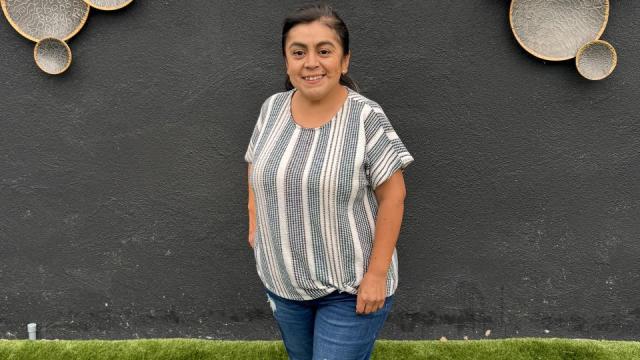The Hidden Strength of Little People: Nathaly Paola Castro Torres’ Story
Nathaly Paola Castro Torres: Embracing Life at 4 Feet, 2 Inches
Nathaly Paola Castro Torres, a 42-year-old woman from Los Angeles, works in a restaurant where her short stature often draws unwanted attention. At 4 feet, 2 inches tall, she is a “little person” facing constant remarks and even intrusive behavior from customers. This experience is new to Torres; growing up in Quito, Ecuador, her height was rarely a topic of conversation, and she felt accepted and valued in her community.
Turning Limitations into Opportunities
Despite the challenges, Torres has a positive outlook on her height. She sees it as a unique aspect of her personality and even an advantage in some ways. Torres has Laron syndrome, a rare genetic disorder that stunts her growth but also offers unexpected benefits. The mutation that causes Laron syndrome protects her from chronic diseases like cancer, diabetes, and cognitive decline, leading to a longer and healthier life.
The Science Behind Laron Syndrome
Laron syndrome, first identified in Israel in 1958, is caused by a mutation in the human growth hormone receptor gene. This mutation prevents the body from using insulin-like growth factor (IGF-1) effectively, leading to stunted growth but also reducing the risk of certain diseases. People with Laron syndrome have lower levels of circulating IGF-1, which contributes to their protection against cancer and other age-related illnesses.
A Promising Future
Researchers like Valter Longo and Dr. Jaime Guevara-Aguirre are studying Laron syndrome to understand its potential benefits for human health. They have found that individuals with this condition not only live longer but also have more youthful brains and a reduced risk of heart disease. This knowledge opens doors to new possibilities for anti-aging treatments and disease prevention strategies.
Seeking Solutions and Support
Despite the advantages of Laron syndrome, challenges remain. Torres and others with the condition face obstacles in accessing treatments and support. Efforts are underway to develop drugs that mimic the effects of Laron syndrome’s genetic protection, offering hope for a healthier future for individuals with this rare disorder.
Conclusion
Nathaly Paola Castro Torres’ story highlights the resilience and hidden strengths of individuals living with Laron syndrome. Their unique genetic makeup not only shapes their physical appearance but also provides insights into longevity and disease prevention. As researchers continue to explore the mysteries of Laron syndrome, there is hope for a brighter and healthier tomorrow for Torres and others like her.















































